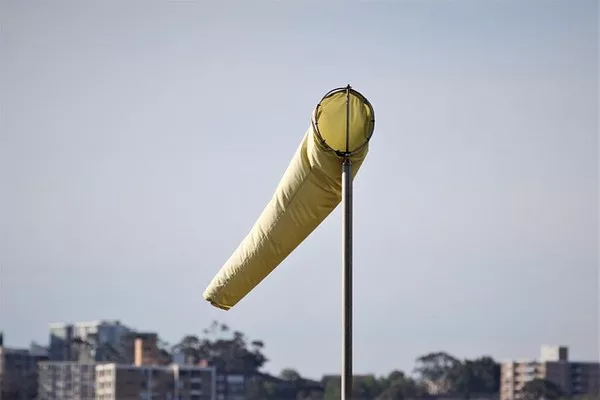Anemometers play a crucial role in meteorology, providing essential data about wind speed and direction. These devices come in various designs, but a common curiosity among weather enthusiasts and professionals alike is how fast an anemometer actually spins. In this article, we will explore the factors influencing the rotation speed of anemometers and the significance of their rapid revolutions in capturing accurate wind measurements.
Anemometer Basics:
Before delving into the speed of rotation, it’s essential to understand the fundamental types of anemometers and their mechanisms. Cup anemometers, vane anemometers, and sonic anemometers are some of the primary designs used for wind speed measurements.
Cup Anemometers:
Cup anemometers, one of the traditional designs, consist of three or four cups mounted on horizontal arms. As wind flows, the cups capture the kinetic energy, causing them to rotate. The rotation speed is then directly proportional to the wind speed. However, various factors influence this relationship.
Vane Anemometers:
Vane anemometers employ a rotating vane or blade that aligns itself with the wind direction. The speed of rotation depends on both the wind speed and the aerodynamic characteristics of the vane. This type of anemometer is particularly effective in determining wind direction along with speed.
Sonic Anemometers:
Sonic anemometers, a more modern design, use ultrasonic sensors to measure wind speed in all three dimensions. Instead of relying on mechanical rotation, they calculate wind speed by analyzing the time it takes for ultrasonic pulses to travel between transducers.
Factors Influencing Anemometer Rotation Speed:
Several factors contribute to the rotation speed of an anemometer, and understanding these variables is crucial for interpreting wind data accurately.
Wind Speed: The most apparent factor affecting the rotation speed of an anemometer is the wind itself. Higher wind speeds result in faster rotations, allowing for a more dynamic and responsive measurement. Conversely, calmer winds lead to slower rotations.
Anemometer Design: Each type of anemometer has a unique design that influences its rotation speed characteristics. Cup anemometers, for example, tend to have a non-linear relationship between rotation speed and wind speed. The aerodynamic shape of the cups and the length of the arms play a vital role in determining this relationship.
Friction and Bearing Quality: The efficiency of anemometer rotation is heavily dependent on the quality of its bearings and the level of friction within the device. High-quality bearings and minimal friction contribute to smoother rotations and more accurate wind speed readings.
Mass and Inertia: The mass of the rotating components and their inertia also impact rotation speed. Heavier cups in cup anemometers or larger vanes in vane anemometers may require more energy to start and stop, affecting the overall responsiveness of the device.
See Also How Do Anemometers Work?
Significance of Rotation Speed in Wind Measurement:
The rapid rotation of an anemometer is not just a fascinating aspect for weather enthusiasts; it is a critical element in obtaining precise wind measurements with real-world applications.
Instantaneous Wind Speed: Anemometers provide instantaneous wind speed readings by translating the kinetic energy of the wind into rotational motion. The faster the rotation, the higher the wind speed at that particular moment.
Wind Energy Assessments: In addition to meteorological applications, anemometers play a vital role in assessing wind energy potential. The rotation speed is directly related to the kinetic energy of the wind, providing valuable information for wind power generation projects.
Calibration and Accuracy: Understanding the rotation speed characteristics of anemometers is crucial for their calibration and ensuring accurate measurements. Manufacturers calibrate these devices under controlled conditions to establish the relationship between rotation speed and wind speed.
Conclusion:
In conclusion, the speed at which an anemometer spins is a dynamic and intricate aspect influenced by various factors such as wind speed, design, friction, and inertia. The rotation speed is not merely a fascinating detail but a fundamental parameter in obtaining accurate and reliable wind measurements. Whether for meteorological purposes, wind energy assessments, or other applications, anemometers provide valuable insights into the dynamic nature of the atmosphere. As technology advances, newer anemometer designs continue to enhance our ability to capture precise wind data, furthering our understanding of weather patterns and supporting the sustainable use of wind energy resources.

